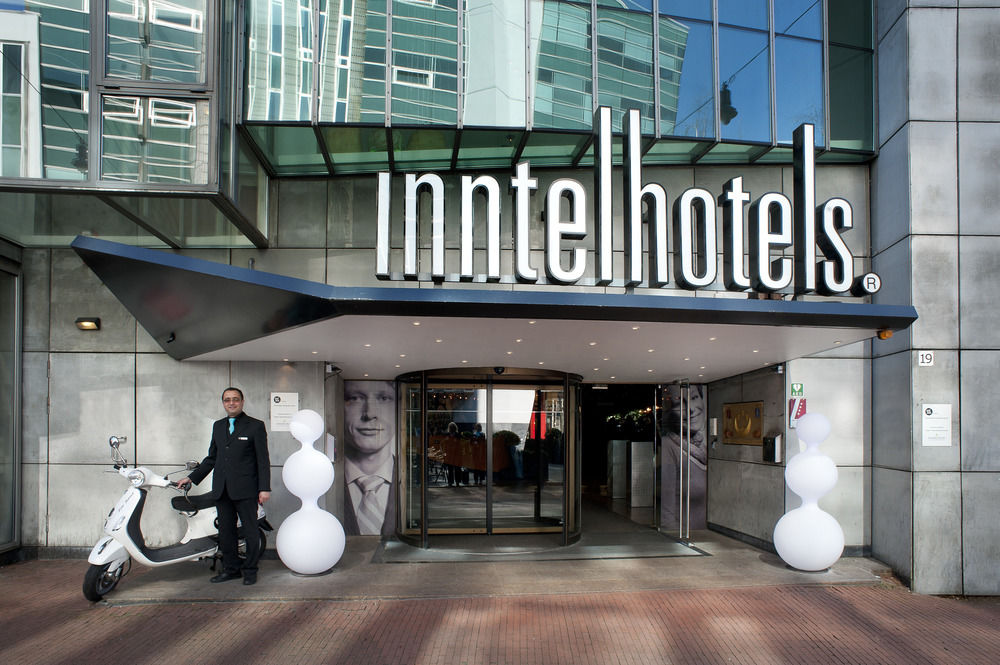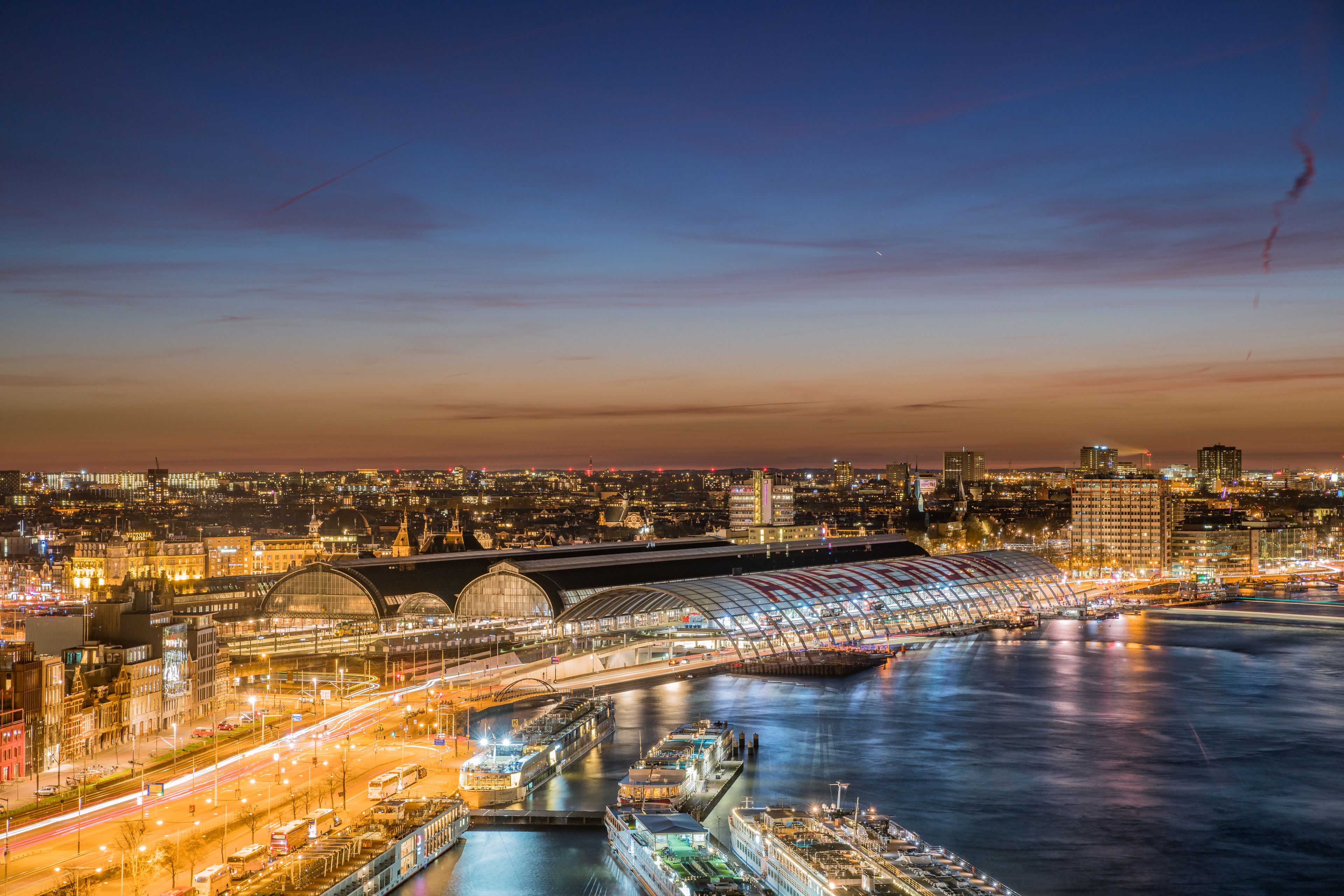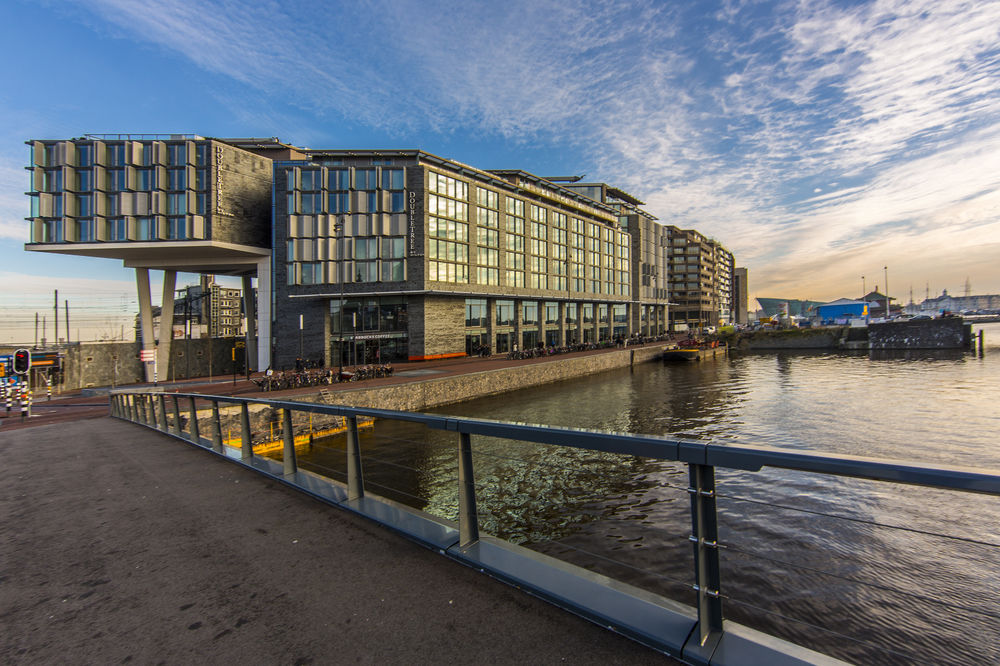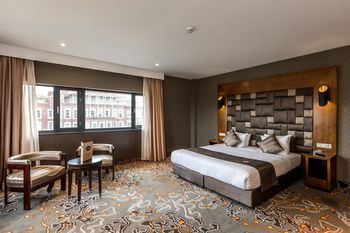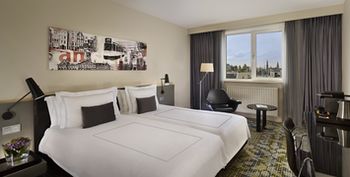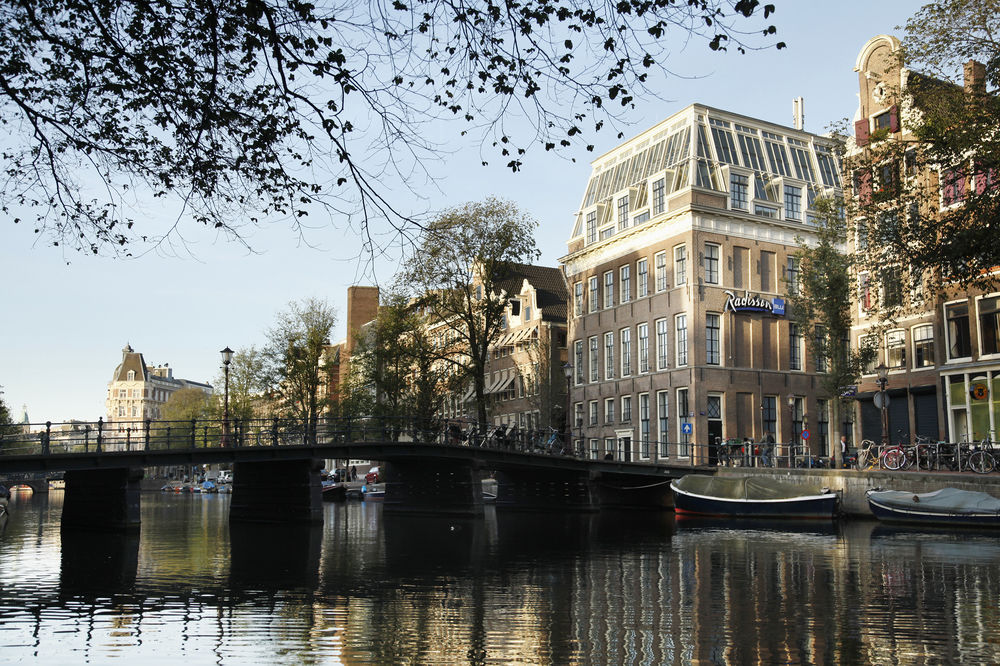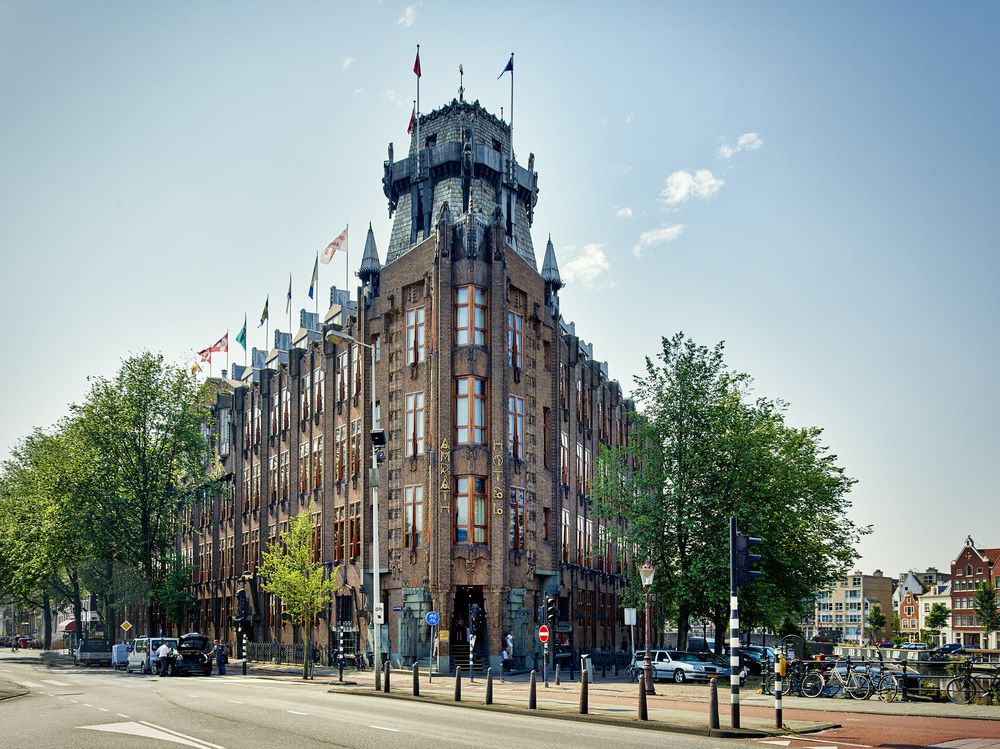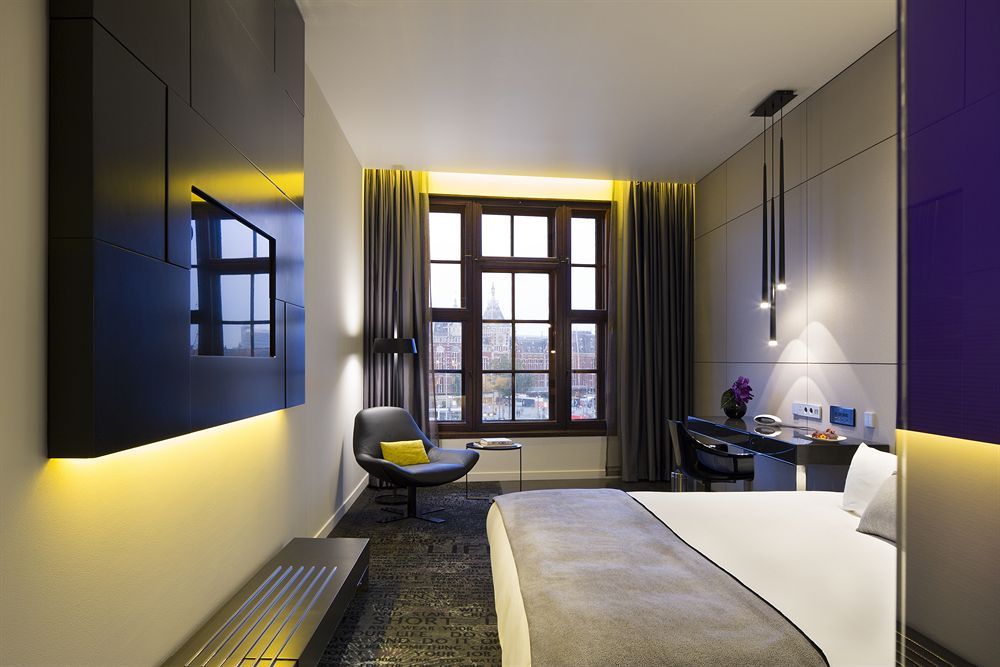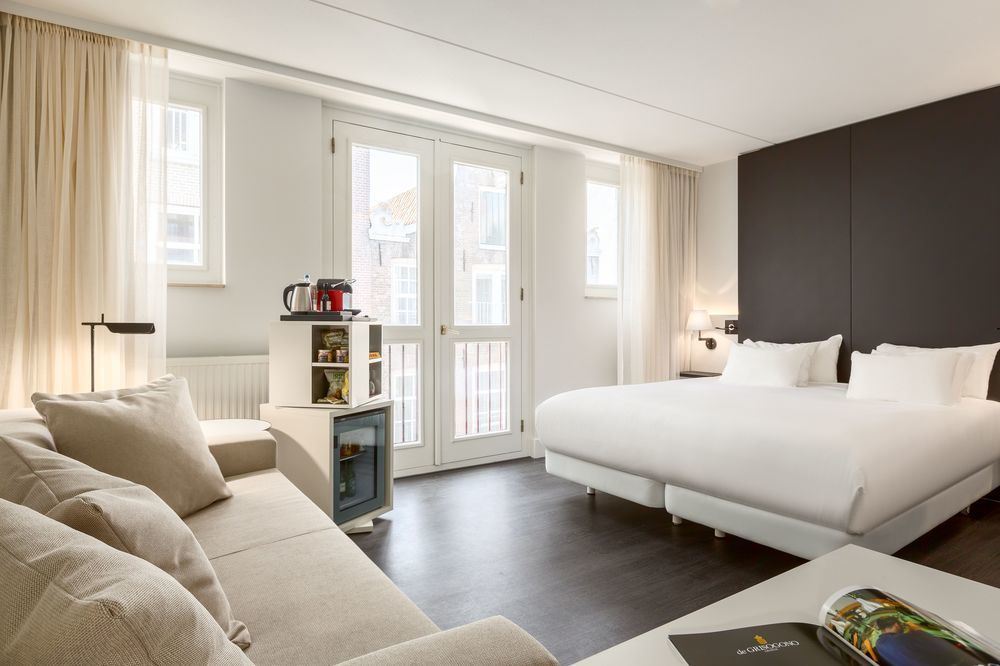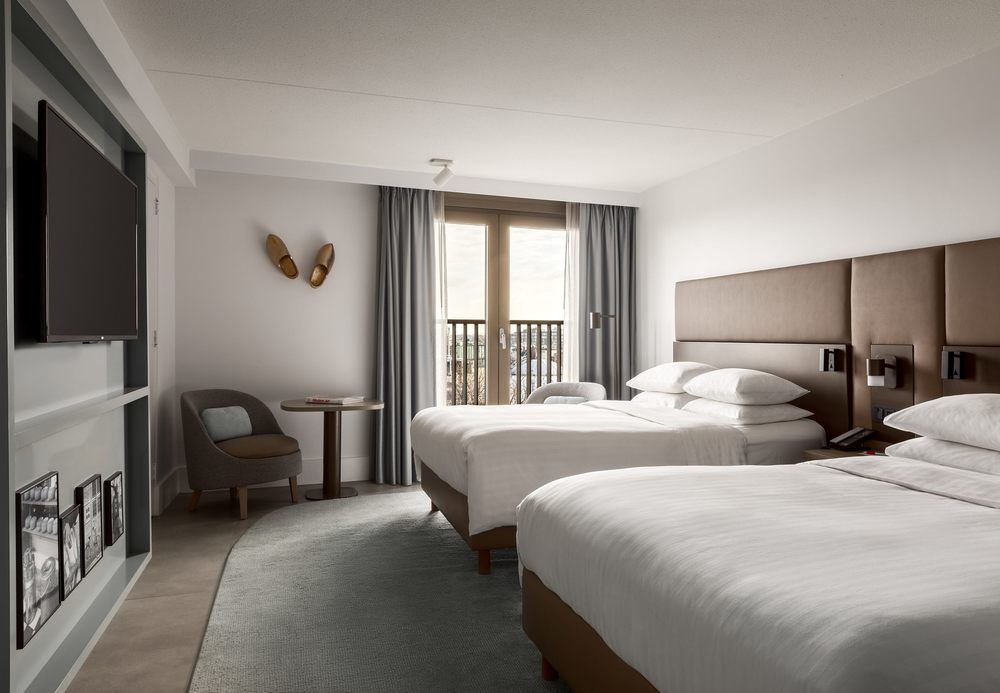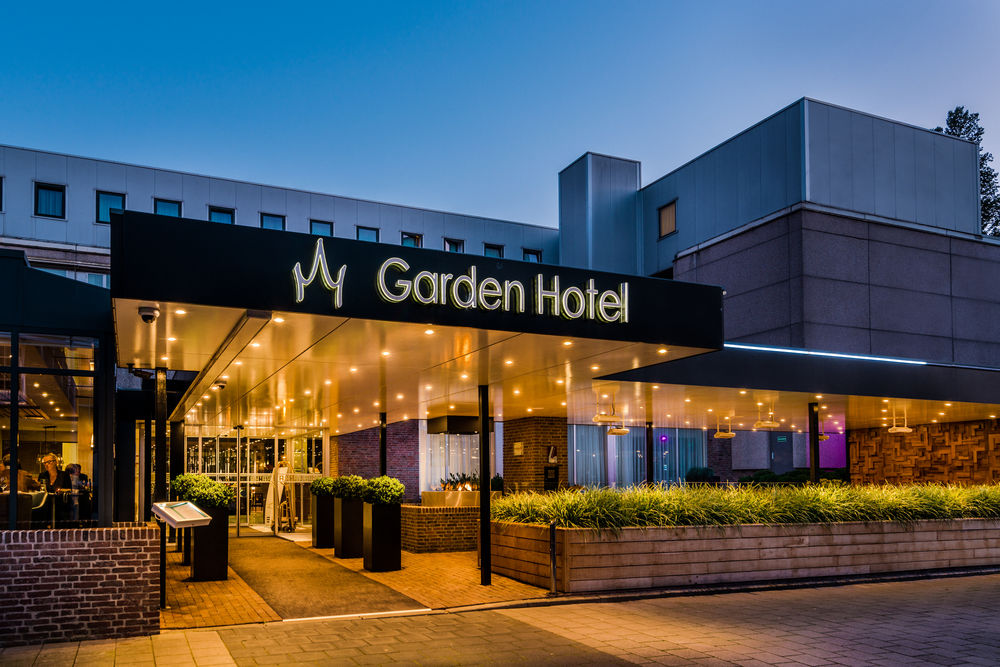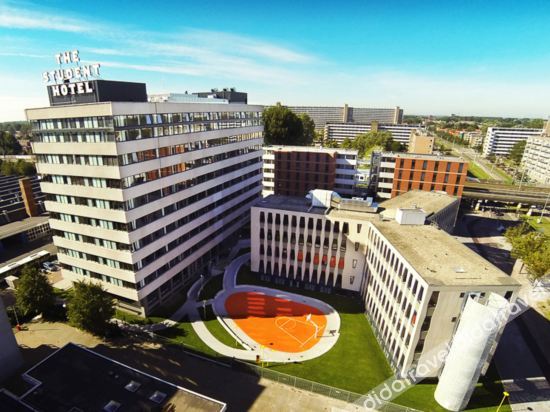
アムステルダムホテル検索結果
AIが見つけた軒のホテルの最安値をご覧ください。
ベストホテル
最安値のホテル
ホテル等級
AIおすすめ
アムステルダムベストホテル
アムステルダム 最低価格のホテル
最高評価のホテル
アムステルダムにある5つ星ホテル
アムステルダムにある4つ星ホテル
アムステルダムにある3つ星ホテル
AIがおすすめする世界の旅行先
アムステルダム近くのホテル情報
アムステルダム 旅行に欠かせない情報
“A city of Gogh”
Amsterdam (, UK also ; Dutch: [ɑmstərˈdɑm] ( listen)) is the capital and most populous municipality of the Netherlands. Its status as the capital is mandated by the Constitution of the Netherlands, although it is not the seat of the government, which is The Hague. Amsterdam has a population of 851,373 within the city proper, 1,351,587 in the urban area, and 2,410,960 in the Amsterdam metropolitan area. The city is located in the province of North Holland in the west of the country but is not its capital, which is Haarlem. The metropolitan area comprises much of the northern part of the Randstad, one of the larger conurbations in Europe, with a population of approximately 8 million.Amsterdam's name derives from Amstelredamme, indicative of the city's origin around a dam in the river Amstel. Originating as a small fishing village in the late 12th century, Amsterdam became one of the most important ports in the world during the Dutch Golden Age (17th century), a result of its innovative developments in trade. During that time, the city was the leading centre for finance and diamonds. In the 19th and 20th centuries the city expanded, and many new neighbourhoods and suburbs were planned and built. The 17th-century canals of Amsterdam and the 19–20th century Defence Line of Amsterdam are on the UNESCO World Heritage List. Since the annexation of the municipality of Sloten in 1921 by the municipality of Amsterdam, the oldest historic part of the city lies in Sloten (9th century).
As the commercial capital of the Netherlands and one of the top financial centres in Europe, Amsterdam is considered an alpha world city by the Globalization and World Cities (GaWC) study group. The city is also the cultural capital of the Netherlands. Many large Dutch institutions have their headquarters there, and seven of the world's 500 largest companies, including Philips, AkzoNobel, TomTom and ING, are based in the city. Also, many leading technology companies have their European headquarter
 時間 UTC+02
時間 UTC+02 通貨 EUR
通貨 EUR 言語 Dutch, Frisian
言語 Dutch, FrisianStaypiaだけの特別な特典
リアルタイムホテル最安値比較
AIが見つけたin アムステルダムの軒のホテルのリアルタイム最安値を簡単に比較検索できます。
316万軒のホテルを最安値で予約
最低価格に最大31%追加メンバーシップ割引でさらにお得にご予約いただけます。
自分だけの
AIがリアルタイムで更新するアムステルダム旅行情報で便利に旅行を準備しましょう。
よくある質問
アムステルダムで最も人気のあるホテルは citizenM Schiphol Airport, Ibis Schiphol Amsterdam Airport, Inntel Hotels Amsterdam Centre です。
アムステルダムで最も人気のある5つ星ホテルはGrand Hotel Amrath Amsterdam, Anantara Grand Hotel Krasnapolsky Amsterdam, Hotel Okura Amsterdamです。 アムステルダム 評価順にホテルを見る
アムステルダムで最も評価の高いホテルはcitizenM Schiphol Airport, Inntel Hotels Amsterdam Centre, Movenpick Hotel Amsterdam City Centreです。
一般的なホテルの場合、客室予約はキャンセル締切日前まで無料返金が可能です。キャンセル締切日以降は手数料が発生する場合がありますので、ホテルバウチャーまたはメニュー>マイ予約でキャンセル締切日をご確認ください。
ステピアでは、AIが収集した316万件のホテルの最安値はもちろん、会員限定の追加割引価格で人気ホテルを予約することができます。

